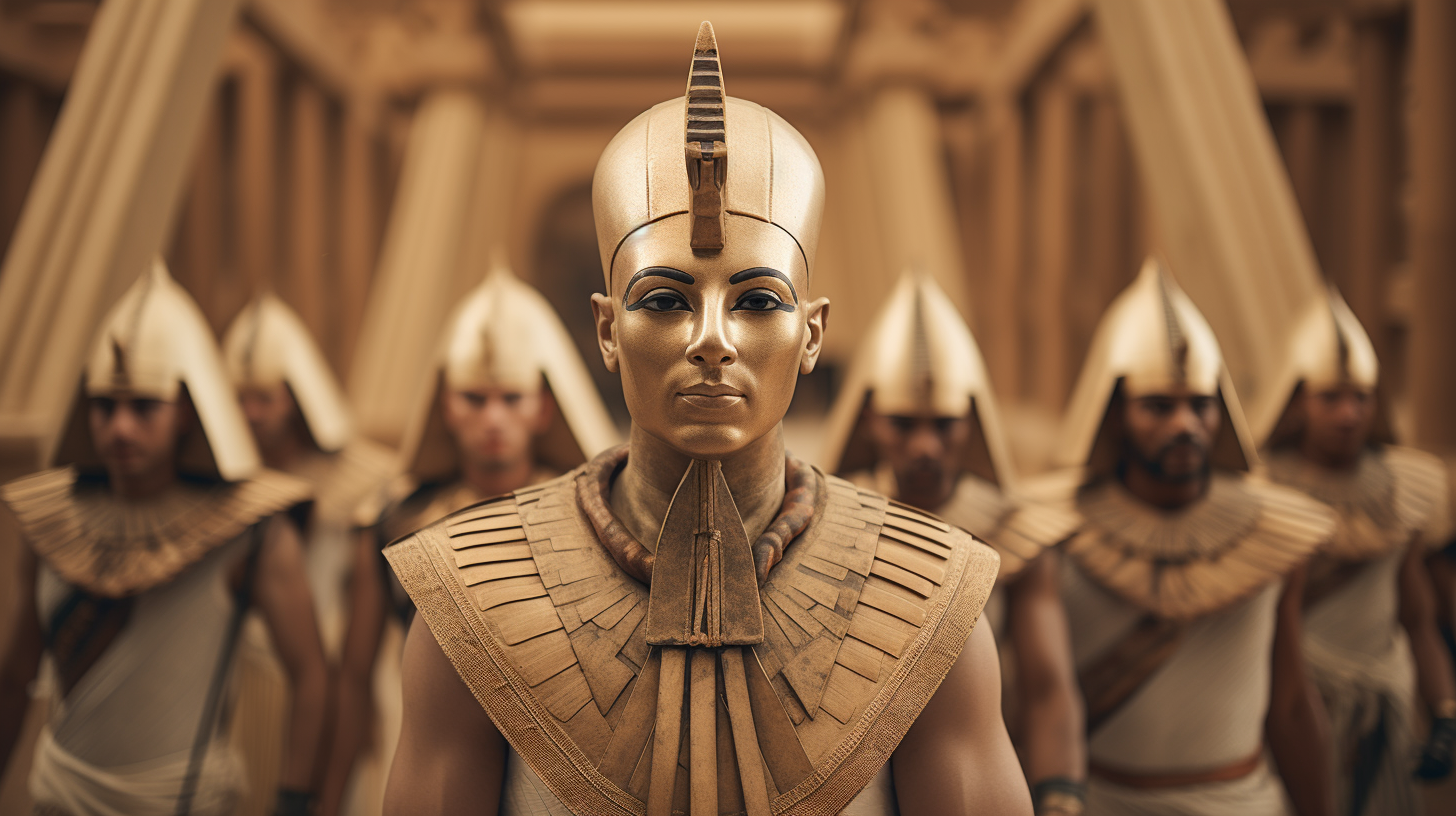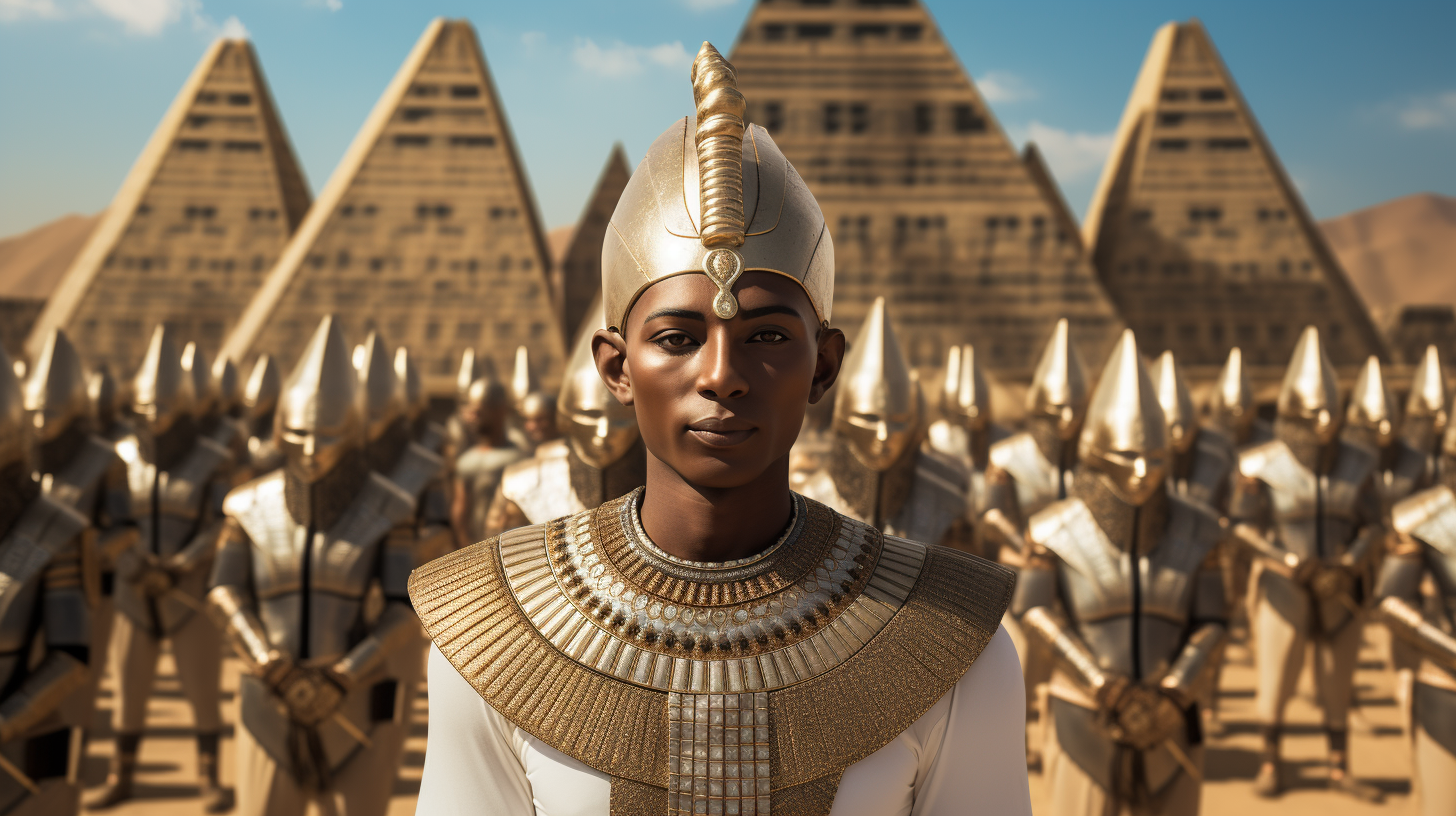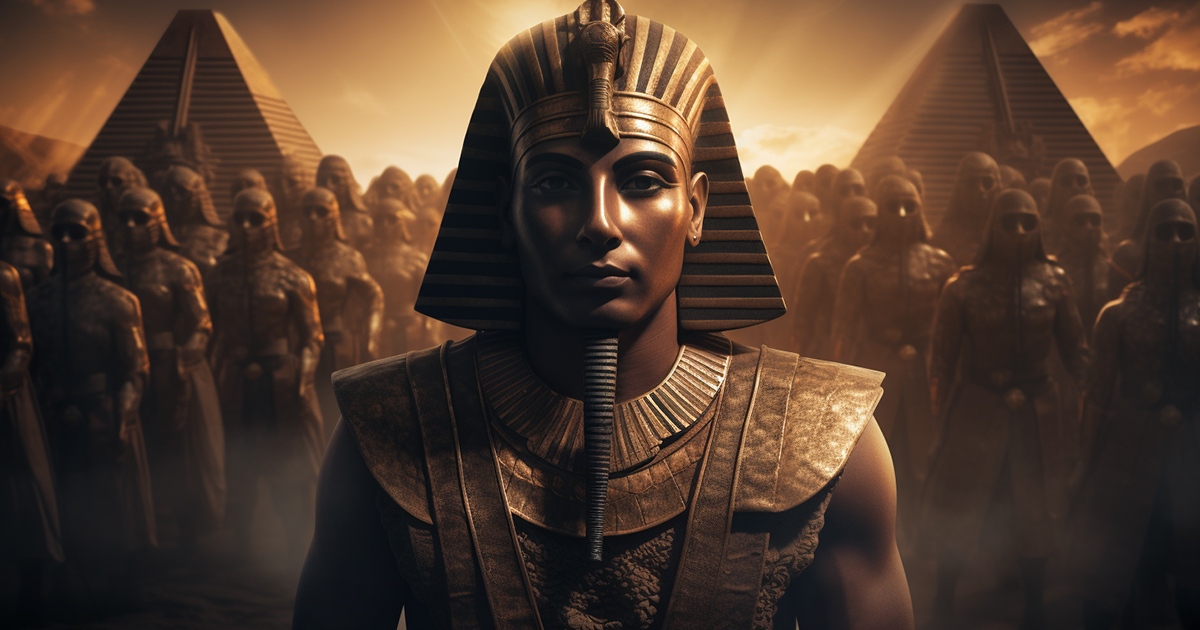Deep within the archives of antiquity lies a captivating narrative of a mighty ruler who defied all odds, imprinting her legacy on time in the face of deliberate attempts to erase her story. This extraordinary figure is none other than Hatshepsut, a female pharaoh whose influence has transcended more than three thousand years.
Upon her passing, her successor moved to expunge every trace of her rule, a customary act during ancient epochs marked by tumultuous power transitions. However, despite relentless endeavors to efface her memory, Hatshepsut’s impact persists across epochs, with her funerary temple standing as a beacon of her resilience and authority.
Hatshepsut’s reign, spanning approximately from 1479 to 1458 BCE, heralded a golden era of prosperity and ingenuity in ancient Egypt. Her legacy extends beyond remarkable architectural feats, encompassing significant societal contributions that resonate through the annals of time.

An enduring testament to Hatshepsut’s influence is her funerary temple, known as Djeser-Djeseru, meaning “The Holy of Holies.” This architectural marvel graces the landscape of Deir el-Bahri on the western banks of the Nile, adjacent to present-day Luxor. The temple’s design seamlessly blends traditional Egyptian architectural elements with avant-garde innovations, underscoring her visionary zeal.
The Mortuary Temple of Hatshepsut boasts three terraced levels, adorned with colonnaded terraces and sloping ramps leading to a sanctum at its zenith. Elaborate reliefs depicting episodes from Hatshepsut’s life and divine lineage embellish these terraces, legitimizing her reign. Furthermore, the temple’s precinct includes a sun court and an array of statues, strengthening her divine affiliations.
Remarkably, the enduring presence of Hatshepsut’s funerary temple stands as a living testament to her tenacity. Despite the agenda of her successor to erase her from historical records, this grand edifice has withstood the ravages of time, enduring over 3500 years. Its existence challenges prevailing narratives of power shifts and historical obliteration, underscoring that the legacies of determined and influential figures can weather even the most concerted attempts to silence them.

Hatshepsut’s saga serves as a poignant reminder of acknowledging and commemorating the accomplishments of those who have left an indelible mark on society, despite facing adversity and attempts to erase their legacies. The Mortuary Temple of Hatshepsut symbolizes her enduring impact on ancient Egypt and the global narrative, a testament to her extraordinary reign and the perpetuity of her memory across the ages.
In essence, Hatshepsut’s legacy epitomizes determination, innovation, and lasting influence. Her funerary temple, an awe-inspiring tribute to her sovereignty, continues to fascinate and inspire audiences worldwide. The unyielding essence of this temple serves as a testimony that history preserves the remarkable feats of those who challenge norms and carve a lasting legacy in the tapestry of time, irrespective of obstacles encountered. Hatshepsut’s legacy embodies the power of resilience and the enduring resonance of remarkable personalities throughout history.
